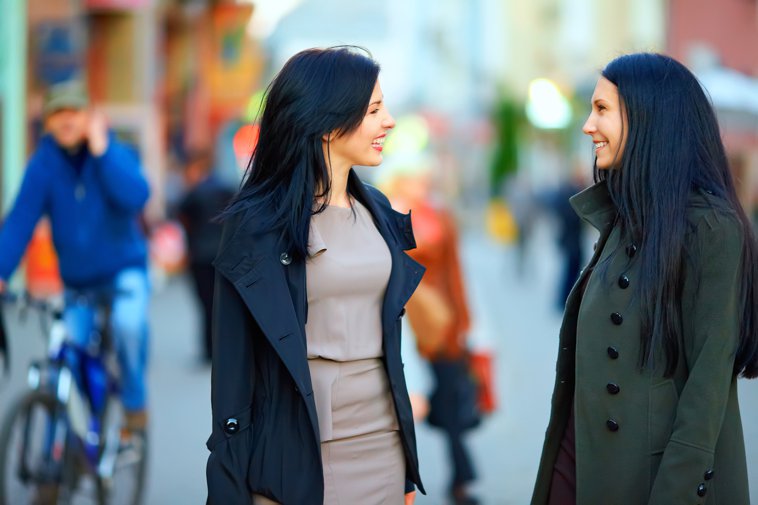Common Ways to Say "Have a Nice Day!" in Spanish
Have a nice day! = ¡Que tengas un buen día!or ¡Que te vaya bien!

Tú vs. Usted
The translations of Have a nice day! given above are informal (tú) forms. If you're talking to someone older than you or someone to whom you want to show respect (a customer, for example), you should use the following usted forms:
Singular vs. Plural
If you're speaking to more than one person, you should use the following ustedes forms:
All About You
You is translated into Spanish in many different ways. Use the handy table below to help you decide which form you need to use.
Looking for more on the different ways to say you in Spanish? Check out our article here!
| Form | Used With | Spanish |
|---|---|---|
| Tú (informal second person singular) | a single person who is the same age as you or younger | ¡Que tengas un buen día! |
| Tú (informal second person singular) | a single person who is the same age as you or younger | ¡Que te vaya bien! |
| Usted (formal second person singular) | a single person who is older than you or to whom you want to show respect | ¡Que tenga un buen día! |
| Usted (formal second person singular) | a single person who is older than you or to whom you want to show respect | ¡Que le vaya bien! |
| Ustedes (second person plural in Latin America; second person formal plural in Spain) | more than one person | ¡Que tengan un buen día! |
| Ustedes (second person plural in Latin America; second person formal plural in Spain) | more than one person | ¡Que les vaya bien! |
| Vosotros (second person informal plural in Spain) | more than one person | ¡Que tengáis un buen día! |
| Vosotros (second person informal plural in Spain) | more than one person | ¡Que os vaya bien! |
Now that you know how to say "Have a nice day!" in Spanish, why not learn some other great phrases by checking out these articles!
• How to Say "Good Morning" in Spanish
• How to Say "Goodbye" in Spanish
• What Does "¿Qué Pasa?" Mean?
• What Does "¿Cómo Está Usted?" Mean?














